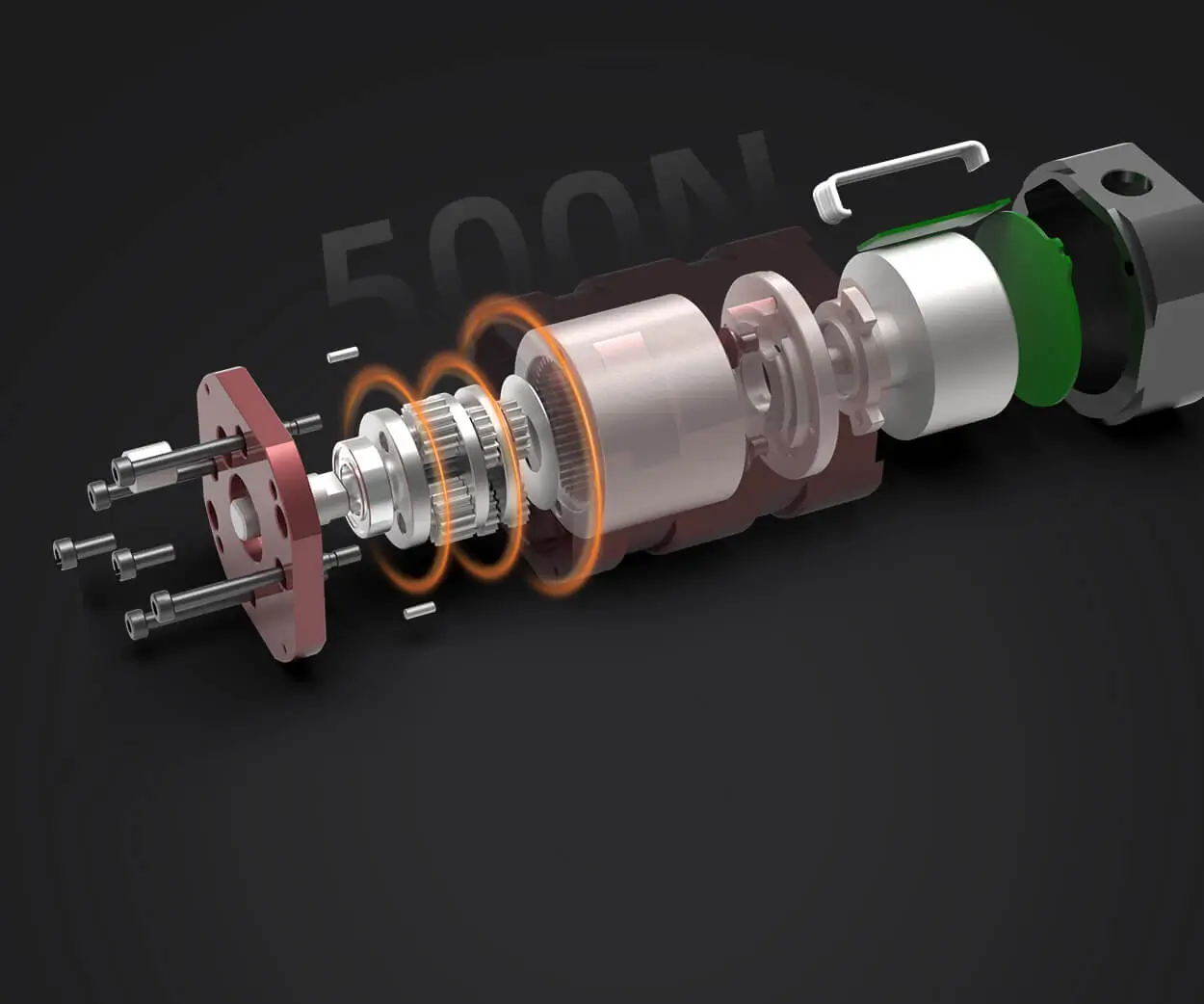Picture this: you're diving into the world of microservices, and suddenly, the question pops up—what design patterns actually shape these tiny, agile components? It’s like opening a box of puzzle pieces and trying to figure out how to assemble a masterpiece without a guide. Well, let’s talk about some of the key players in this puzzle—patterns that make microservice architecture not just functional but also scalable, resilient, and easy to maintain.

First off, there’s the Saga pattern. Imagine you're running a complex order process—inventory updates, payment processing, notification sending—all happening across different services. If something fails midway, repairing the mess can be tricky. That’s where the Saga pattern shines. It helps coordinate long-running transactions by breaking them into smaller, manageable steps, each with its own compensating action. Think of it as a series of mini-quests where if one fails, you know exactly how to backtrack and keep everything tidy.
Then you’ve got the API Gateway pattern. Think of this as the front door of your microservice house. It handles all incoming requests, routes them to the right service, and even manages concerns like rate limiting and security. It simplifies client interactions and reduces the complexity of managing multiple microservices directly. No more knocking on every door—just one front door that handles everything smoothly.
Next up—the Service Registry pattern. Imagine a neighborhood where each house (service) registers itself with a directory. When another house needs to talk, it looks up the registry first. This dynamic discovery saves you from hard-coding individual service locations. It’s like having an up-to-date phone book that knows exactly where each service lives, even if they move around or get new versions.
And don’t forget the Circuit Breaker pattern. Ever been in a situation where one bad apple spoils the bunch? That’s what this pattern prevents. If a service is having trouble, the circuit breaker trips, stopping calls to it temporarily. This helps your system avoid cascading failures and keeps the overall health intact. It’s like a warning light that trips before your entire fleet of services gets into trouble.
Some folks ask, “Are these patterns flexible enough to handle evolving needs?” Absolutely. They’re designed for adaptiveness. For example, when you’re deploying updates, you might use the Continuous Deployment pattern combined with blue-green deployments, ensuring zero downtime and seamless upgrades.
Bottom line? These design patterns aren't just buzzwords. They’re practical tools that underpin robust microservice architectures. They bring order to chaos, make scaling simpler, and keep everything running smoothly even when things get wild out there. Once you get a handle on these patterns, it’s like having a blueprint for architecting systems that grow with your ambitions—no surprise, just results.
Established in 2005, Kpower has been dedicated to a professional compact motion unit manufacturer, headquartered in Dongguan, Guangdong Province, China. Leveraging innovations in modular drive technology, Kpower integrates high-performance motors, precision reducers, and multi-protocol control systems to provide efficient and customized smart drive system solutions. Kpower has delivered professional drive system solutions to over 500 enterprise clients globally with products covering various fields such as Smart Home Systems, Automatic Electronics, Robotics, Precision Agriculture, Drones, and Industrial Automation.




































